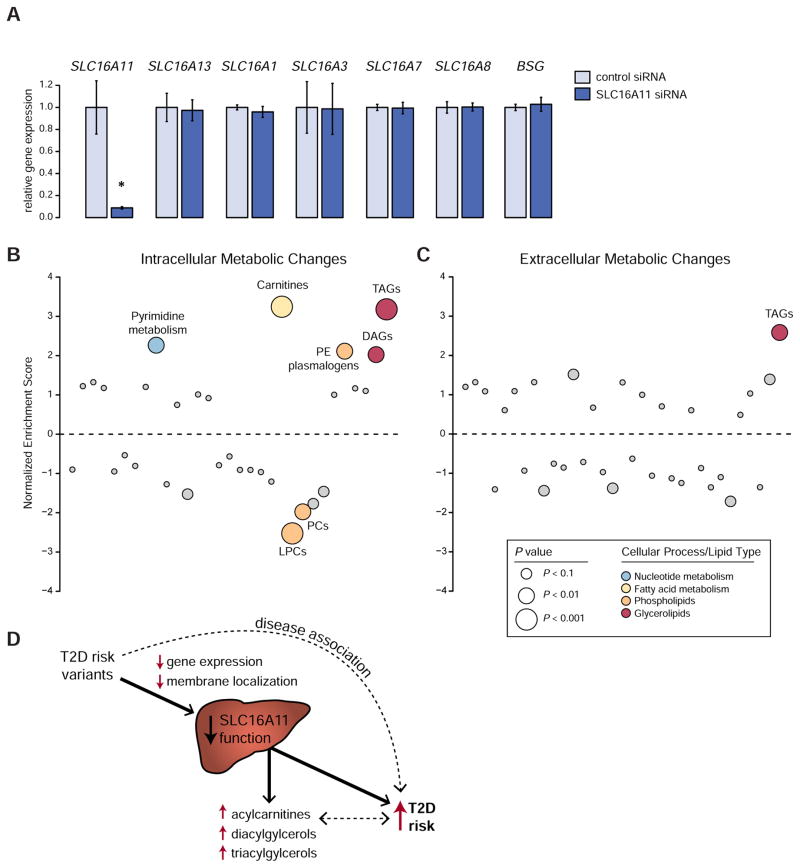Figure 6. Knock down of SLC16A11 in primary human hepatocytes alters metabolites associated with insulin resistance and T2D.
(A) Gene expression in primary human hepatocytes treated with siRNAs targeting SLC16A11 or negative control siRNAs. Bar plots depict relative gene expression ± SD using TBP for normalization. * P ≈ 4.8 × 10−3 (B and C) Enrichment analysis of (B) intracellular and (C) extracellular metabolic pathway changes following SLC16A11 knockdown in primary human hepatocytes. Each dot represents a different metabolic pathway or metabolite class. P values are indicated by dot size. Significantly altered pathways (false discovery rate [FDR] < 0.05) are labeled, with non-significant pathways shown in gray. LPCs, lysophosphatidylcholines; PCs, phosphatidylcholines; PE, phosphatidylethanolamine; DAGs, diacylglycerols; TAGs, triacylglycerols. See also Figures S6 and S7 and Tables S3 and S4. (D) Depiction summarizing the effects of T2D-associated variants at 17p13 on T2D risk. The T2D disease association at 17p13 is driven by variants that disrupt SLC16A11 function, which itself leads to changes in fatty acid and lipid metabolism that are associated with increased risk of T2D. The causality of the associations between increased acylcarnitines, DAGs and TAGs and disease are uncertain.

